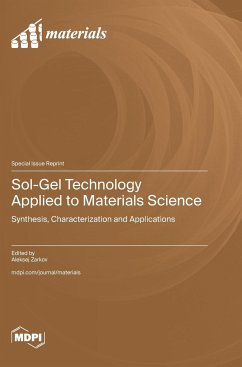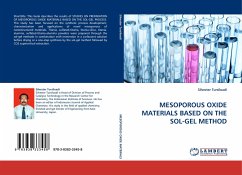Rapid advances in technologies around the globe necessitate the development of new materials, nanostructures, and multicomponent composites with specific chemical and physical properties that can meet the requirements of modern technologies. Using appropriate synthetic approaches is crucial for the preparation of inorganic materials with designed microstructure and properties. Among the different technologies currently available, the sol-gel method is very well known for its versatility, simplicity, and time- and cost-efficiency. The mix of starting materials on an atomic level provides high homogeneity and stoichiometry in the products, facilitating the fabrication of high-quality materials at low temperatures. The versatility of the sol-gel method allows for the development of materials for a wide range of applications in electronics, optoelectronics, catalysis, biomedicine, and many other areas. The scope of this Special Issue of Materials, entitled "Sol-Gel Technology Applied to Materials Science: Synthesis, Characterization and Applications", focuses on, but is not limited to, the preparation, characterization, and application of functional inorganic materials, as well as hybrid materials, which are important in the field of catalysis, electronics, optics, biomedicine, etc.








